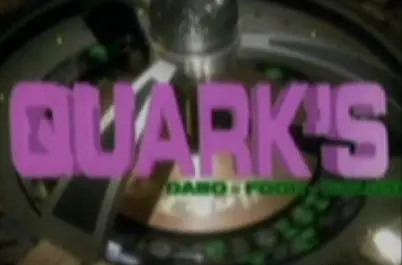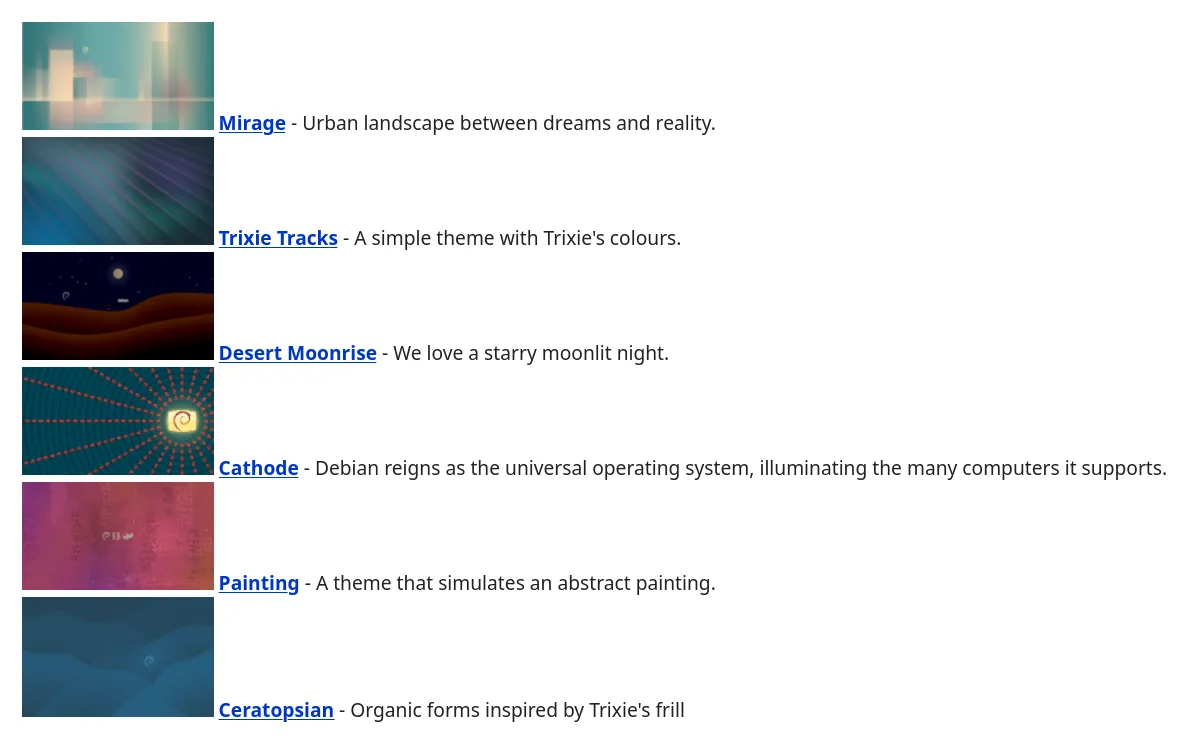

I’ve had a good time with my Thinkpad E16 Gen 1 over the past few months (definitely lower spec than your machine - pretty much all of them have only an iGPU). A lot of them are still upgradable - I upgraded mine from 8GB of RAM to 24GB, and the thing had dual drive bays, so I just left the stock 256GB Windows drive and put in a 2TB alongside it for Linux stuff.
As long as you have a recent kernel, hardware support is decent, so long as you avoid the models with Realtek (my E16 does have Realtek, but I managed to smooth out issues).



For battery life, I’d recommend you install CoreCtrl so you can adjust your power settings. That, combined with a few other things (I think the Arch Wiki covers most of them) allows me to get quite a lot out of my Thinkpad in Debian.